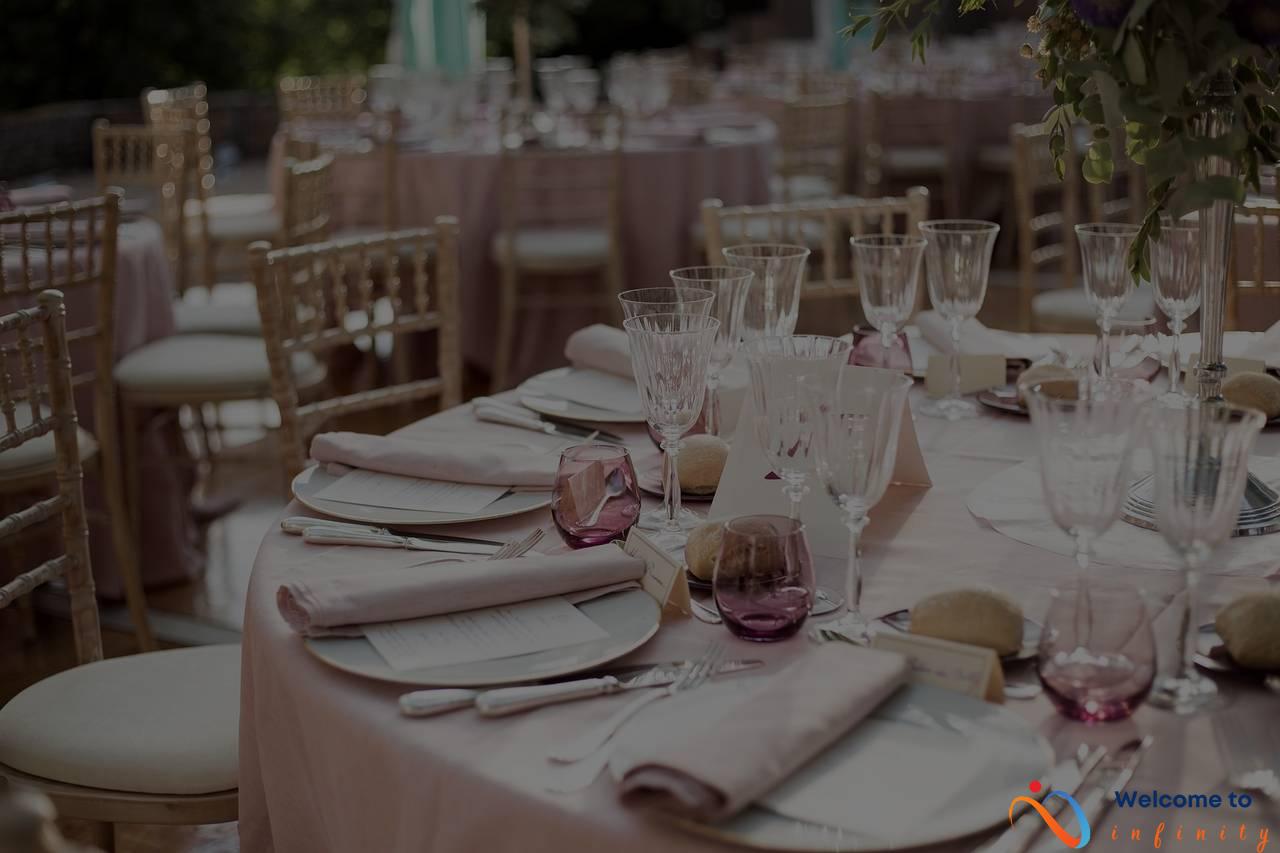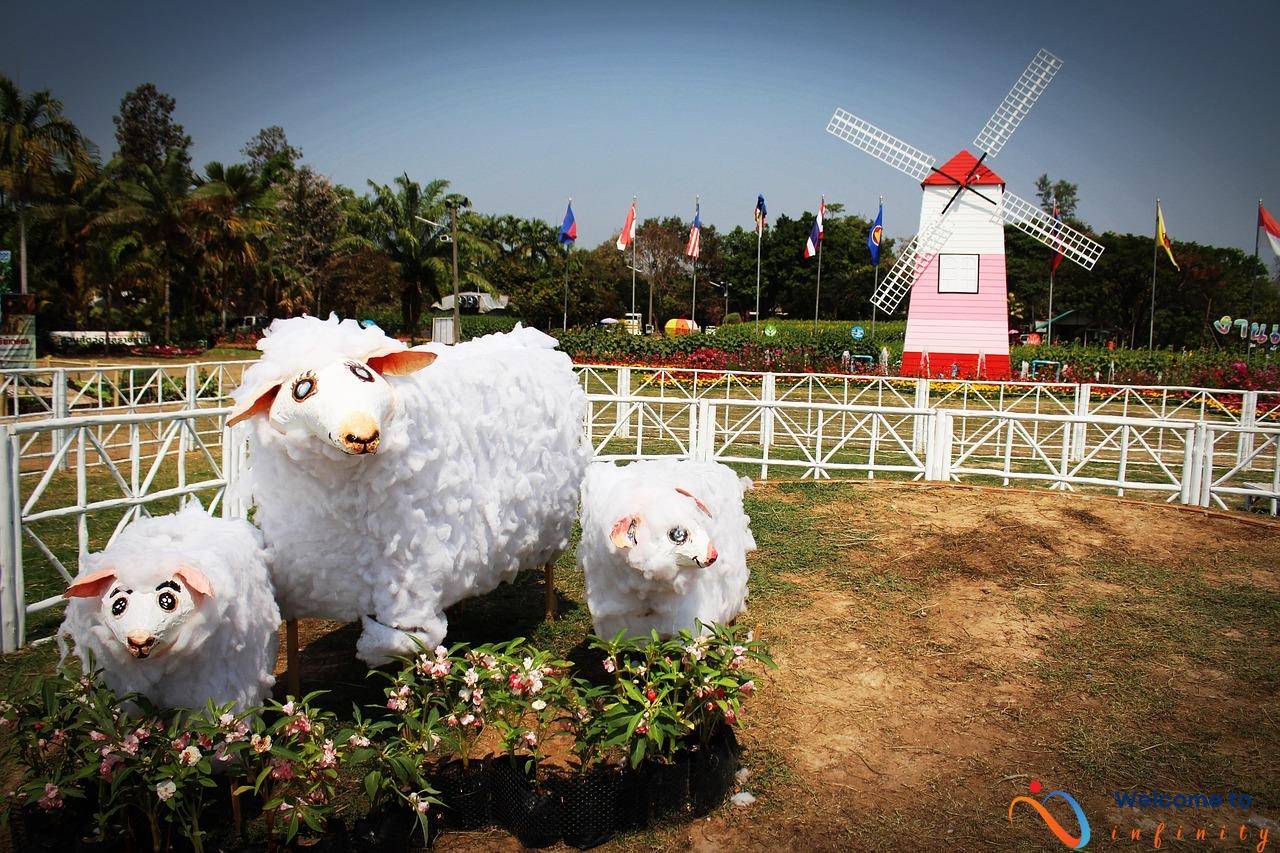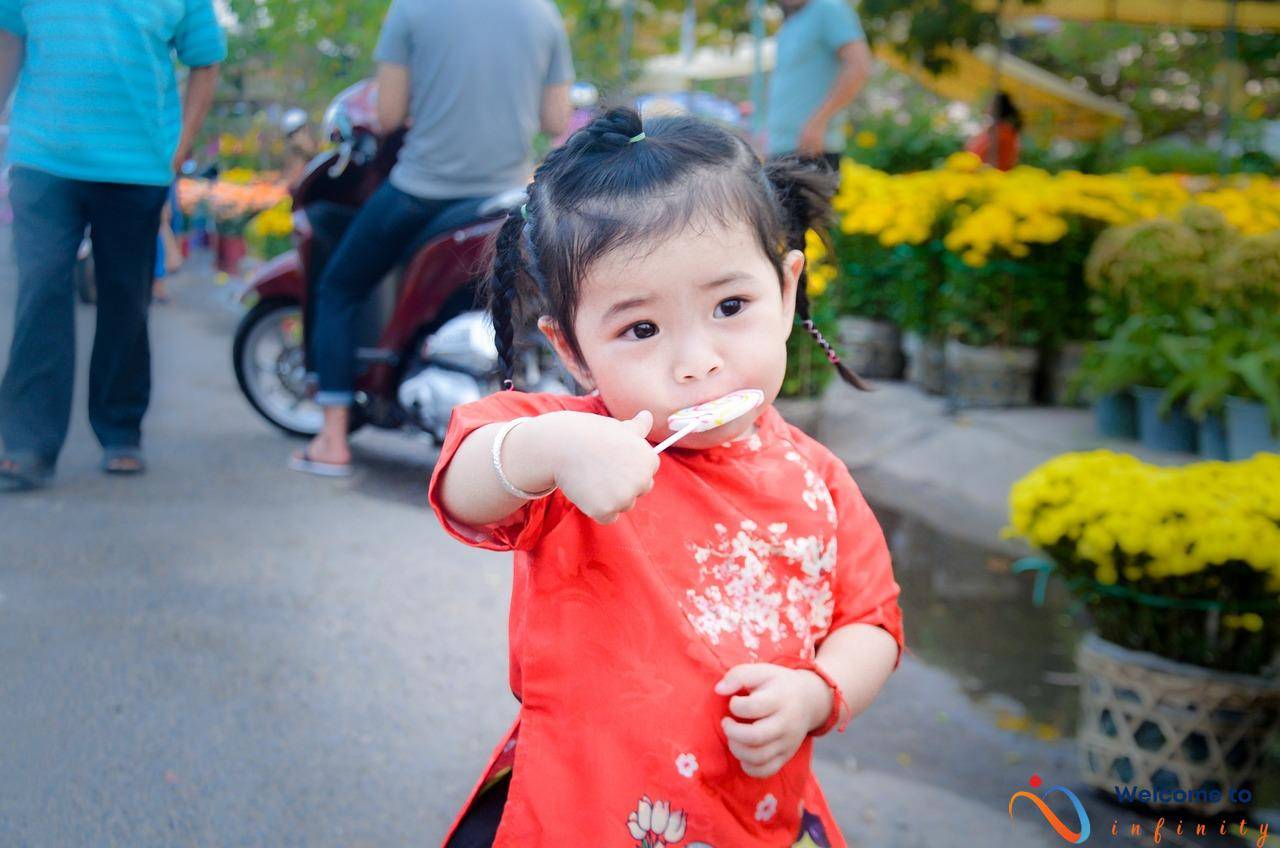If there's one thing that can bring people together, it's the celebration of their cultural heritage. Cultural festivals are a way to showcase the rich traditions and customs of different communities from around the world and unite people in celebration of their shared humanity.
From the bright and colorful costumes of Brazil's Carnival to the intricate lantern displays of China's Mid-Autumn Festival, cultural festivals offer a glimpse into the unique and diverse cultures of the world. Music and dance performances, delicious food, and traditional customs all play a role in these joyful celebrations.
But cultural festivals are more than just a chance to have fun and enjoy good food. They also serve as a way to promote tolerance and diversity, as communities come together to learn about and appreciate each other's unique traditions and perspectives. In addition, these festivals often provide economic opportunities for local businesses and artisans to showcase their work and generate income.
So whether you're attending a popular and world-renowned carnival or a lesser-known festival in your own community, cultural celebrations are a powerful way to bring people together and showcase the beauty and richness of our diverse world.
The Role of Cultural Festivals
Cultural festivals serve as bridges between different communities, promoting understanding and respect for cultural differences. These celebrations provide an opportunity for communities to come together and showcase their heritage through food, music, dance, and customs. Such events are essential in promoting tolerance and diversity, helping people understand and appreciate other cultures.
Cultural festivals also play a crucial role in strengthening community bonds, bringing people together to work towards a common goal. During these events, people of all ages and backgrounds interact, participate in activities, and form new friendships. This sense of community is crucial in creating a safe and inclusive environment that promotes social cohesion.
Moreover, cultural festivals often create economic opportunities for the communities that host them. These events draw tourists and visitors to the area, creating jobs and supporting local businesses. In addition, the festivals themselves often require a significant amount of resources, such as food vendors, musicians, and decorations, which provide a boost to local economies.
In summary, cultural festivals bring immense benefits to individuals and communities alike. They foster the development of cultural appreciation, social cohesion, and economic growth, and serve as a tribute to the rich and diverse heritage of humanity.
Carnivals Around the World
If you're a lover of festivals, then carnivals are definitely a must-see experience. From their vibrant and colorful displays of music, dance, and art to their historical roots, these celebrations are a true reflection of cultures and customs around the world.
One of the most famous carnivals in the world is the Rio de Janeiro Carnival, held in Brazil each year. It's known for its extravagant parades, lively music, and intricate costumes. The carnival is a blend of African, European, and indigenous cultures, and it attracts over 2 million visitors annually.
The Carnival of Venice, Italy, is another famous carnival with a rich history. The event dates back to the 15th century, and it's known for elaborate masks and costumes that have become synonymous with the event. The Carnevale di Venezia features gondola rides, street performers, and food vendors that make the experience unforgettable for both locals and tourists.
The Notting Hill Carnival in London, England, is also a must-see event. It's Europe's largest street party and takes place every August. The carnival attracts more than 1 million visitors annually, making it one of the most vibrant and diverse celebrations in the world.
Similarly, the Sydney Gay and Lesbian Mardi Gras in Australia is one of the most celebrated carnivals in the world. It's an annual event held in February and attracts over 500,000 visitors annually. The parade is a display of LGBTQ+ pride and features elaborate costumes, music, and dance.
Other famous carnivals include the Trinidad and Tobago Carnival, the Nice Carnival in France, and the New Orleans Mardi Gras in the United States. These events celebrate diverse cultures and traditions and help unite communities from around the world in a shared love for festivities and cultural celebration.
Carnaval de Barranquilla
The Carnaval de Barranquilla is a vibrant and colorful cultural festival that takes place in the city of Barranquilla, Colombia. This celebration has its roots in the ancient indigenous traditions of the region, which were later mixed with African and Spanish culture. Today, it is recognized as a UNESCO Masterpiece of the Oral and Intangible Heritage of Humanity.
The festival lasts for four days, starting on the Saturday before Ash Wednesday. The streets of Barranquilla, usually quiet, come alive with music, dance, and colorful parades. The main parade, known as the Battle of the Flowers, is a procession of floats adorned with flowers and costume-wearing groups, known as comparsas.
Another key element of the Carnaval de Barranquilla is the cumbia, a type of music and dance that has its roots in African and Indigenous culture. The rhythms of the cumbia set the pace for the festival, and visitors can hear it played on every street corner. Other events during the festivities include beauty pageants, sporting events, and religious celebrations.
- The Carnaval de Barranquilla is the second-largest carnival celebration in the world, after Rio de Janeiro's Carnival.
- The festival draws over one million visitors to Barranquilla each year, boosting the local economy and creating jobs.
- The city goes to great lengths to prepare for the event, decorating the streets with colorful lights, murals, and mosaics.
For those seeking an authentic cultural experience, the Carnaval de Barranquilla is not to be missed. It is a celebration of the city's rich history and multicultural heritage, and a testament to the power of community and tradition to unite people from all walks of life.
Mardi Gras in New Orleans
Mardi Gras is one of the most famous and beloved celebrations in New Orleans. The origins of Mardi Gras can be traced back to medieval Europe, where the festival celebrated the transition from winter to spring. The first Mardi Gras in New Orleans occurred in 1699 when French explorers landed in the city on the day of the festival. Over the years, Mardi Gras has evolved into a multi-day event, with parades, costumes, and music filling the streets of New Orleans.
The most iconic symbol of Mardi Gras is the mask, worn to allow for anonymous indulgence in the festivities. Another tradition is the throwing of beads and trinkets from the parade floats. The colors of Mardi Gras – gold, purple, and green – have their own significance, with gold representing power, purple representing justice, and green representing faith.
Mardi Gras has faced its share of challenges over the years, including disruptions due to wars and natural disasters. However, the resilience of New Orleans and its people has always ensured that the festival continues. Today, Mardi Gras is not just a local celebration but a global phenomenon, with tourists flocking to New Orleans to experience the unique energy and vibrancy of the festival.
Mid-Autumn Festival
The Mid-Autumn Festival, also known as the Moon Festival, is a traditional celebration observed by many East Asian countries, including China, Vietnam, and Taiwan. The festival falls on the 15th day of the 8th lunar month, which usually falls in September or October. The Mid-Autumn Festival is a time for family reunions, giving thanks, and celebrating the harvest.
One of the most popular foods associated with the Mid-Autumn Festival is the mooncake. Mooncakes are round pastries filled with sweet or savory fillings such as lotus paste, red bean paste, or even egg yolk. These delicacies are often given as gifts among family and friends during the festival.
Another popular practice during the Mid-Autumn Festival is admiring the full moon. Many families will gather together outdoors to gaze at the round and bright full moon while enjoying traditional snacks and tea. In some regions, lanterns are also hung outside homes and carried by children during the festival.
In addition to mooncakes and admiring the moon, many regions have their own unique rituals and customs for the Mid-Autumn Festival. For example, in Hong Kong, dragon dances and firework displays are commonly seen during the festival, while in Vietnam, locals celebrate with lion dances and traditional Vietnamese drums.
In recent years, the Mid-Autumn Festival has gained popularity outside of East Asia, with celebrations being held in major cities around the world. From lantern festivals to mooncake tastings, the festival has become a global celebration of culture and tradition.
Day of the Dead
The Day of the Dead, or Dia de los Muertos, is a Mexican holiday that celebrates the lives of those who have passed away. The holiday takes place on November 1st and 2nd, coinciding with the Catholic All Saints' Day and All Souls' Day.
During the Day of the Dead, families build altars, or ofrendas, in their homes and decorate them with candles, flowers, and photos of their loved ones who have died. These altars are meant to welcome the spirits of the deceased back to the world of the living for a brief visit.
Offerings of food and drink are also a traditional part of the festivities. Families prepare the favorite dishes of their deceased loved ones and leave them on the altar as offering, along with other items such as sugar skulls and marigold flowers, which are believed to guide the spirits to the altar.
The Day of the Dead is not a sad occasion, but rather a celebration of the lives and memories of those who have passed away. It is believed that the spirits of the deceased return to the world of the living to be with their families and enjoy the festivities with them.
- Altars, or ofrendas, decorated with candles, flowers, and photos
- Offerings of food and drink, including the favorite dishes of the deceased
- Celebration of the lives and memories of those who have passed away
The Day of the Dead is a beautiful example of how cultural celebrations can be a way to honor and respect loved ones who have passed away. By acknowledging death as a natural part of life and celebrating the memories of those who have gone before us, we can come together as a community and find comfort in our shared humanity.
Gai Jatra
Gai Jatra, also known as the ‘Festival of Cows,' is a unique and vibrant festival celebrated in Nepal. The festival signifies the journey of the souls of the recently departed to the afterlife and is an opportunity for families to remember and celebrate their loved ones who have passed away.
The festival is celebrated during the month of August or September, and it is a time of great joy and revelry. During the festival, people dress up in colorful costumes and paint their faces, creating a vibrant atmosphere on the streets. One of the most significant and unusual parts of the celebration is the parade of cows. The cows are believed to help guide the spirits of the deceased to the other world, and people paint and decorate the cows in creative and humorous ways.
Humor and satire play a major role in Gai Jatra, and people often perform plays and skits that poke fun at politicians and public figures. This tradition of satire, known as ‘Nacch,' allows people to express their frustrations and provide a social commentary on current events. It is widely believed that this tradition began during the reign of King Pratap Malla, who lost his young son. The king asked his subjects to organize a parade of cows so that he could see other people grieving and feel that he was not alone in his pain.
Gai Jatra is not only a time to remember and celebrate the deceased but also a time for the community to come together and support each other. The festival promotes unity, compassion, and understanding, which are essential values in Nepal's culture. As the world becomes increasingly globalized, preserving traditions like Gai Jatra becomes even more crucial. By understanding and celebrating different cultures, we can promote diversity, tolerance, and social harmony.
Future of Cultural Celebrations
Cultural festivals have been an important part of human history, bridging gaps between people from different backgrounds, and celebrating their shared humanity. However, with modernization and globalization, the relevance of these age-old celebrations is being challenged.
As we move towards a digital age, it becomes a challenge to preserve and promote cultural festivals. However, technology itself can help spread the message of these celebrations to a wider audience, helping them gain popularity and acceptance. For instance, social media can be used to start online discussions, share experiences and photos, and create awareness about these festivals.
Another potential danger is that modernization can lead to a decline in the authenticity of these festivals. As cities grow and cultures mix, it's important to keep the traditional elements of these celebrations intact. Inclusion and evolution are necessary, but not at the cost of losing the essence of the festival.
On the other hand, modernization can also lead to the innovation of cultural festivals. Technology can be integrated into these celebrations to enhance their experience, adding a new level of excitement and engagement to the festivities. virtual reality and augmented reality can be used to recreate the atmosphere of cultural festivals for those who can't attend in person, increasing their accessibility and popularity.
In conclusion, the future of cultural festivals is uncertain, but it's important to remember their significance in preserving our history and promoting diversity. By keeping their traditions alive and embracing technology and innovation, we can continue to celebrate our heritage and connect with people from different cultures and backgrounds.










